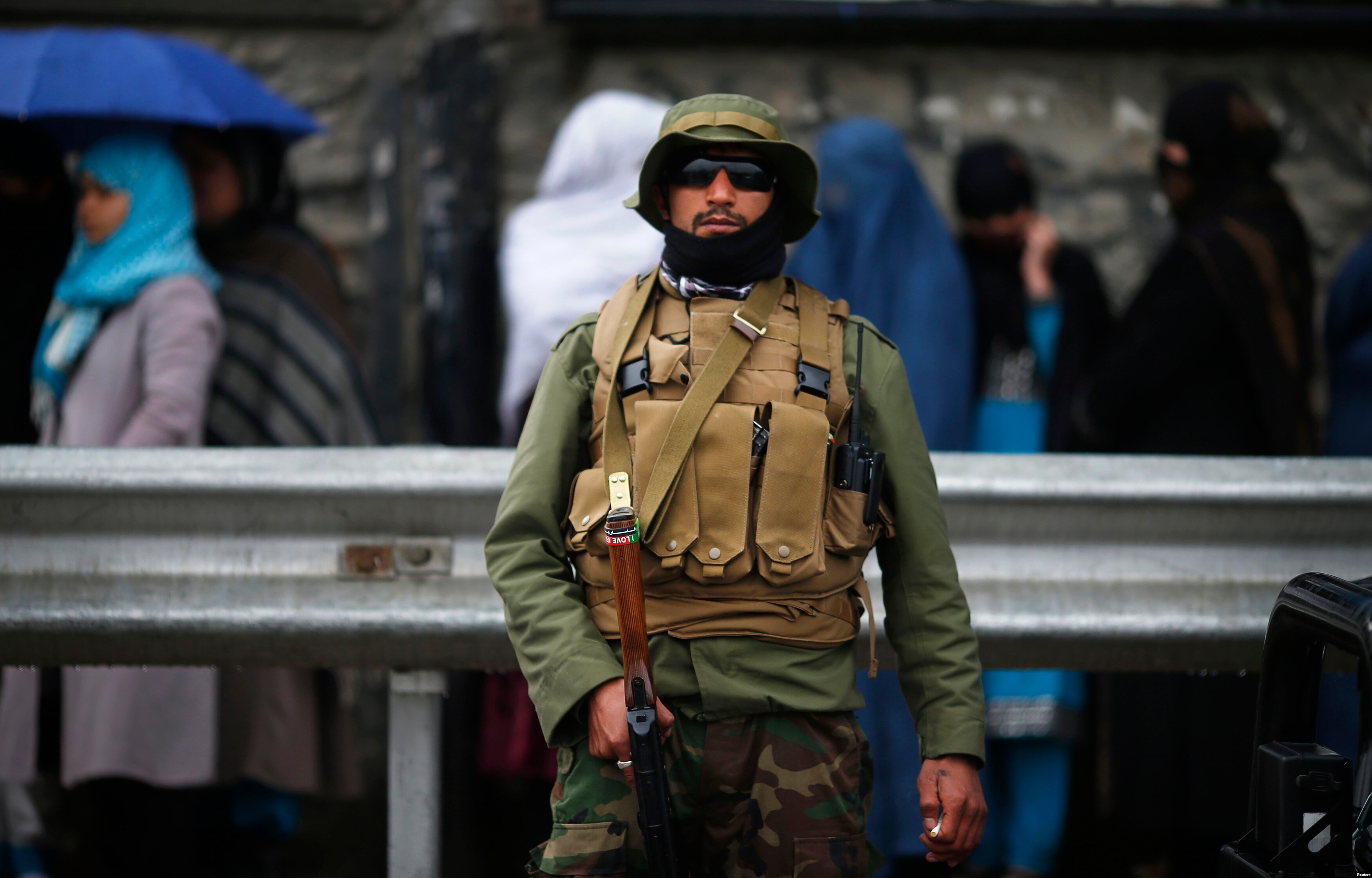NST Online Top Stories - Google News |
| Posted: 05 Apr 2014 09:22 AM PDT PERTH, Australia—A Chinese vessel searching for signs of missing Malaysia Airlines Flight 370 detected an unidentified pulse signal on Saturday in the southern Indian Ocean, according to China's state-controlled news agency. Australian Defence Minister David Johnston said he was optimistic about the report. But he and other Australian and Chinese officials cautioned that there was no proof the signal is related to the jetliner, which authorities believe crashed into the ocean on March 8 with 239 people on board. Earlier reports of potential signs of the plane, such as debris spotted floating in the ocean, have turned out to be false. A Chinese vessel equipped with a so-called black-box detector on Saturday picked up a pulse signal in the designated search area of the southern Indian Ocean, according to the official Xinhua News Agency. Xinhua said China's Haixun 01 patrol ship "discovered a pulse signal" with a frequency of 37.5 kilohertz per second at around 25 degrees south latitude and 101 degrees east longitude. Authorities earlier had said pingers for the plane's cockpit voice recorder and its data recorder operate at that frequency. Still, air-safety experts said other maritime locating devices also use that or similar frequencies, which could cause confusion. Following a signal that search teams detected on April 3 but later discounted, the Australian Joint Agency Coordination Centre warned that biological sources, such as whales, and shipping could lead to false alerts. In a statement, Air Chief Marshal Angus Houston, a former Australian defense chief who is coordinating the multinational search on behalf of the Australian agency, said "the characteristics reported are consistent with the aircraft black box." But he added, "there is no confirmation at this stage that the signals and the objects are related to the missing aircraft." Air Chief Marshal Houston said Australian authorities were seeking more information from their Chinese counterparts and that deployment of the Australian air force to that area is being considered. Xinhua late on Saturday quoted the China Maritime Search and Rescue Center as saying the pulse hasn't been confirmed to be related to Flight 370. Separately, the state-controlled news agency reported that a Chinese plane spotted a number of white floating objects in the search area on Saturday. Xinhua didn't offer further information, and Chinese officials couldn't be reached late Saturday. The missing plane's flight recorders are running low on batteries, with signals from their beacons possibly falling silent this weekend. The detection range of the signal, which is emitted every second, is about one nautical mile. China is among the countries that have stepped up undersea efforts to find the missing Malaysia Airlines jet, which set out from Kuala Lumpur to land in Beijing. Two navy vessels from Australia and the U.K. began an undersea probe on Friday even though investigators remain uncertain about the exact location where the plane is believed to have crashed. They were joined Saturday by 13 planes and 11 ships in an area some 1,000 miles northwest of Perth, the capital of Western Australia. Searchers earlier Saturday said they had seen no signs of the plane. Now entering its fifth week, the hunt for Flight 370 has yielded only unrelated scraps of junk. The current search area is in a part of the ocean where currents frequently bring together floating garbage. The Australian defense force vessel, Ocean Shield, is equipped with a U.S. device designed to detect signals from the flight recorders, thought to be sitting on the ocean floor as far as 2½ miles below the surface of the water. But the device-known as the Towed Pinger Locator and towed behind a moving vessel-faces a search area that is the size of the U.K. HMS Echo, a U.K. military survey vessel able to profile ocean depths, joined the search on Friday after being relocated to the southern Indian Ocean from the Persian Gulf. The two ships were to start at either end of a 150-mile corridor and meet roughly in the middle. "No hard evidence has been found to date so we have made the decision to search a subsurface area on which the analysis has predicted Flight 370 is likely to have flown," said Commodore Peter Leavy, an Australian Navy officer helping to lead the search. Ocean Shield is also carrying an underwater unmanned vehicle-known as a Bluefin 21-to help search for any wreckage. The focus of the search for Flight 370 swung abruptly to the southern Indian Ocean on March 20, based on satellite images of possible plane debris. It later shifted around 700 miles to the north of the first search zone in the ocean after further calculations were made to radar data. "This is a vast area, an area that's quite remote," said Air Chief Marshal Houston, the former Australian defense chief. "We have not searched everywhere where the aircraft might have gone." He said investigators from countries including the U.S. and China were nearing the end of their analysis of data such as radar, likely aircraft performance and satellite communications from the plane. "I think we have probably got to the end of the process of analysis," Air Chief Marshal Houston said. "My expectation is we're into a situation where the data we've got is the data we've got, and we'll proceed on the basis of that." He said efforts to scour the ocean surface for plane debris would continue, despite the move to look for wreckage on the seabed. "There is a great possibility of finding something on the surface-there's lots of things in aircraft that float," Air Chief Marshal Houston said, citing life jackets as an example. Still, the officer cautioned that it wouldn't be easy to identify white objects floating in rough seas with white-capped waves, echoing recent comments by the prime ministers of Australia and Malaysia that the search will be tough. Last week, the search was joined by a U.K. military submarine equipped to detect signals from the flight-data and cockpit-voice recorders. The nuclear-powered HMS Tireless, built for the Royal Navy as a Cold War attack vehicle, has equipment on board that may help it pinpoint signals from Flight 370′s recorders. It could also be used to search for aircraft wreckage along the largely undisturbed seabed. Peter Jennings, a defense expert at the Australian Strategic Policy Institute, said submarines are of limited use in deep-water searches, though. Most are designed to operate in shallower water. The best hope, he said, lies with sonar systems towed by ships, such as the black-box locaters on board Ocean Shield. –James T. Areddy, Andy Pasztor, Robert Wall and Gaurav Raghuvanshi Write to Ross Kelly at ross.kelly@wsj.com |
| Polls Close After Afghan Voters Cast Ballots for New Leader - Voice of America Posted: 05 Apr 2014 09:23 AM PDT — Polling stations in Afghanistan have closed after a heavy turnout for Saturday's historic presidential election. The turnout was so high for the country's first democratic transfer of power that some polling stations ran out of ballots. Security was tight across the nation because Taliban militants promised to disrupt Saturday's vote, but the voting seemed to be relatively free of violence. The special U.N. representative to Afghanistan, Jan Kubis, praised Afghan voters for the turnout "despite the threats and intimidations" they had received from insurgents. The election was seen as pivotal for Afghanistan's political and economic future, as well as a test of wills between the Afghan people and the Taliban. There were three frontrunners among eight presidential candidates: Ashraf Ghani, a former finance minister and World Bank official; former foreign minister Zalmai Rassoul; and Abdullah Abdullah, also a former foreign minister. Some 450 provincial government seats also were at stake.
Voting in Kabul Dressed in traditional blue burqas or more Western suits, hundreds of Afghans from all backgrounds crowded into polling stations to cast their ballots for a new president Saturday. The Taliban claims it had carried out 246 attacks during the polling. The militant group often exaggerates. Turnout was reportedly good in most of the country, and in the former Taliban stronghold of Kandahar, turnout was particularly heavy, according to local media. Candidate Ashraf Ghani, one of the three front-runners in the presidential race, had held huge political rallies in the southern province, the site of years of heavy fighting against the Taliban. The head of the Independent Election Commission, Ahmad Yusuf Nuristani, said Saturday turnout was surprisingly strong around the country. He said due to new security concerns, an additional 200 out of 6,400 polling stations had been closed, bringing the total number of closed voting sites to 900. Candidate-nominated observers, election officials and local independent monitors were standing watch inside the polling stations to prevent the widespread fraud that marred the last elections in 2009. According to the Ministry of Interior, six people were arrested Saturday when they were caught cheating at the polls. Five others were detained in eastern Khost province when they were found carrying 1,000 fake IDs. Preliminary results are expected by April 24, but a final tally of the votes is only to be announced May 14. But analysts are already predicting a second-round runoff. |
| You are subscribed to email updates from Top Stories - Google News To stop receiving these emails, you may unsubscribe now. | Email delivery powered by Google |
| Google Inc., 20 West Kinzie, Chicago IL USA 60610 | |

 NST Online Top Stories - Google News
NST Online Top Stories - Google News







0 ulasan:
Catat Ulasan